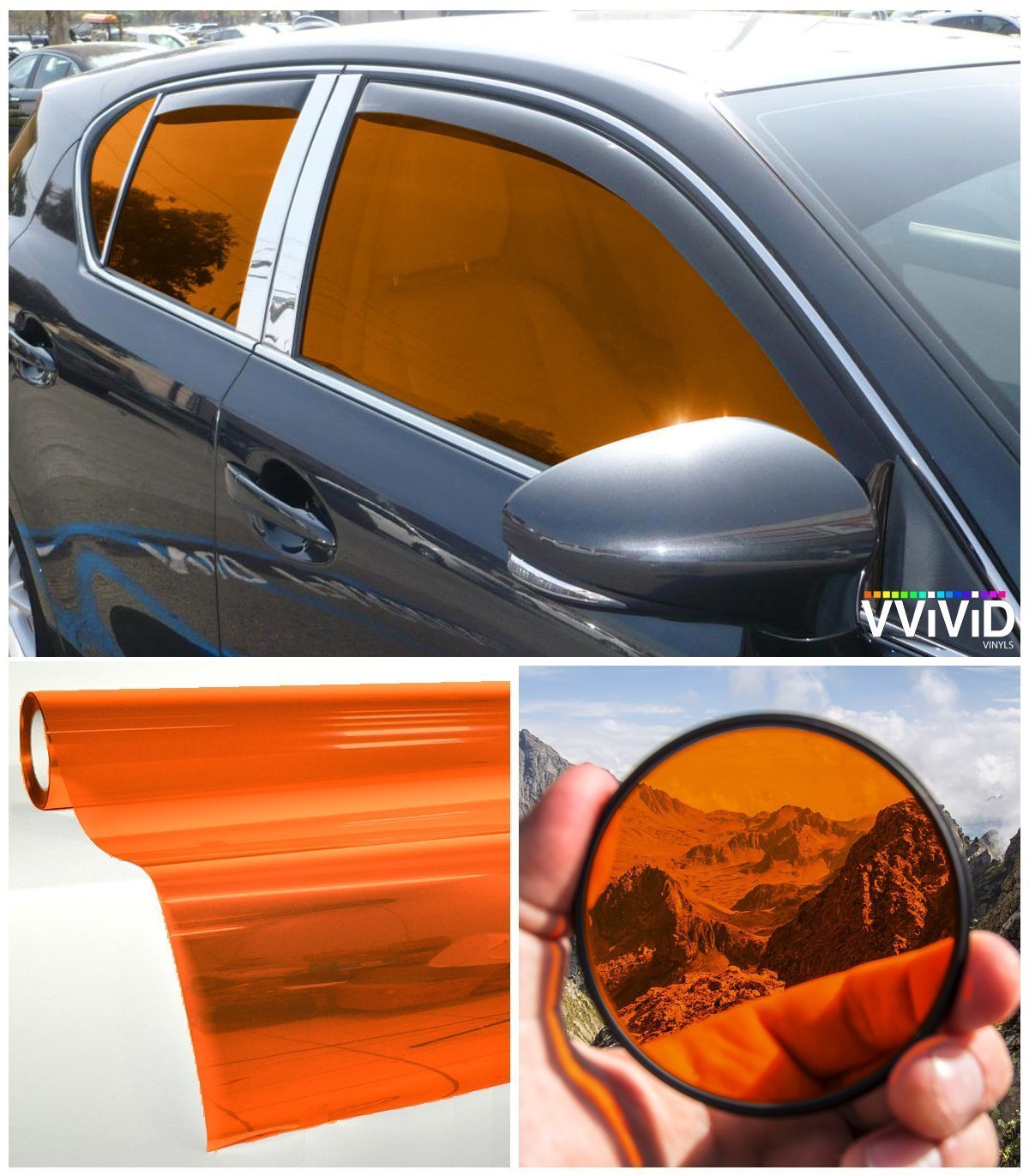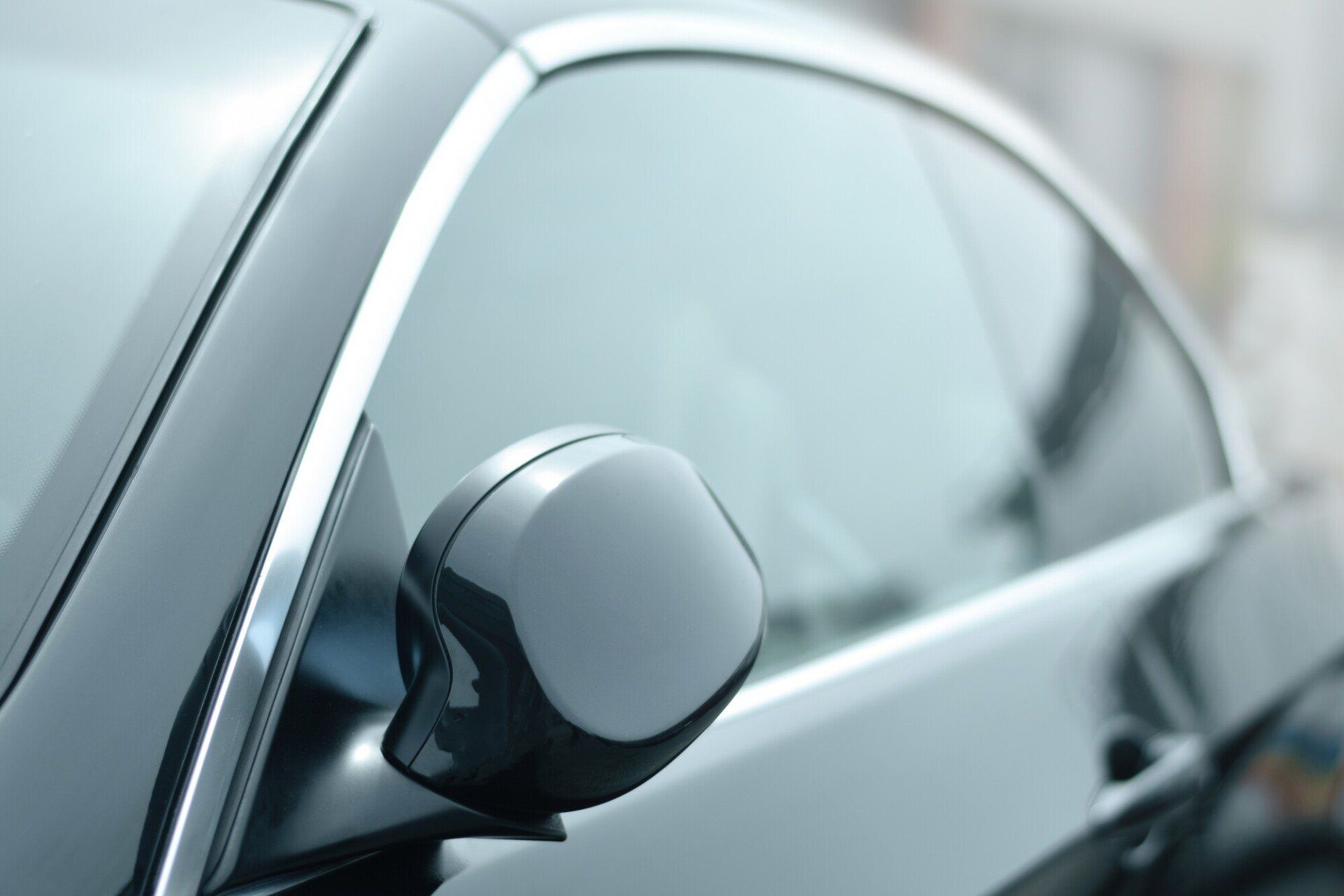Everything You Required to Learn About Car Home Window Tinting for Your Vehicle
Vehicle home window tinting is a sensible improvement for numerous lorry owners. It offers benefits such as increased comfort and power efficiency. Different color movies deal with various needs and choices. Understanding legal guidelines and choosing the ideal tint portion is essential. The installment procedure and proper maintenance likewise play significant functions in guaranteeing the durability of the color. What various other variables should one think about before choosing on window tinting?
Advantages of Automobile Home Window Tinting
Some lorry proprietors may neglect it, auto home window tinting offers many advantages that improve both the driving experience and the car's longevity. One of the key advantages is the decrease of heat buildup inside the lorry, enabling a more comfy adventure, particularly throughout warm weather. This can cause lowered reliance on cooling, enhancing fuel efficiency.Additionally, window tinting offers security versus dangerous UV rays, which can cause skin damages and fade indoor materials with time. By blocking these rays, the color aids protect the car's interior and keep its resale value.Moreover, tinted windows can enhance personal privacy and protection, as they make it harder for outsiders to see inside the vehicle. This included layer of defense can prevent prospective theft. Generally, automobile window tinting serves as a practical financial investment that contributes to the lorry and both convenience's total health.
Sorts Of Window Color Films
When taking into consideration car window tinting, lorry owners encounter a selection of window color films, each designed to meet details requirements and choices. The very first category is dyed home window movie, which offers a basic level of personal privacy and UV protection while being economical. Next off, metalized films integrate little metal fragments, mirroring warm and boosting toughness, although they may hinder electronic signals.Ceramic films are an additional option, understood for their remarkable warm denial and clarity, using high performance without signal interference. Crossbreed films integrate qualities of colored and metalized movies, striking an equilibrium between cost and capability. Each sort of window tint movie presents special advantages, allowing car proprietors to pick based on their particular needs, such as warmth spending plan, control, and look factors to consider. Recognizing these alternatives is vital for making an informed choice concerning car window tinting.
Understanding Legal Regulations
When thinking about vehicle home window tinting, it is essential to understand the lawful laws that control tint darkness limits and windscreen color demands. These guidelines can vary significantly from state to state, affecting what is acceptable for car owners. Acquainting oneself with these laws assurances compliance and helps stay clear of prospective fines or penalties.
Tint Darkness Limitations
Exactly how can automobile proprietors guarantee they remain certified with neighborhood legislations relating to window tinting? Recognizing tint darkness limitations is crucial. Each state has details laws that determine the acceptable levels of darkness for home window tints, which are determined by Visible Light Transmission (VLT) portions. Normally, front-side windows should permit a greater percentage of light contrasted to rear home windows. Some states might enable only 30% VLT for front windows, while the back home windows could be allowed to have especially darker tints. To assure compliance, car proprietors should speak with state guidelines or local police for exact info. Furthermore, accredited tinting experts can provide understandings regarding lawful restrictions, making sure that vehicle owners make informed decisions.
Windshield Color Laws

State-Specific Laws
Steering with the landscape of state-specific regulations pertaining to car home window tinting calls for mindful focus to information, as regulations can differ substantially from one state to another. Each state has its very own set of policies controling allowed color percents, kinds of materials, and positioning on automobile home windows. Some states allow darker colors on rear windows while restricting them on front windows, while others have more stringent general limits (automotive window tinting clinton township). In addition, certain states mandate the use of specific products or need certification from installers. Failure to follow these regulations can result in fines or the need to eliminate non-compliant tint. Consequently, car proprietors ought to consult their state's Division of Electric motor Vehicles or pertinent authority to assure adherence to local legislations
Picking the Right Color Portion
When selecting the right color portion for a car's home windows, one need to think about various elements that impact both aesthetics and capability. Tint portions normally range from 5% to 70%, with reduced percentages giving darker tones and higher percents enabling extra light in. A darker tint can boost privacy and lower glare, while a lighter color can maintain presence and conform with legal restrictions.Furthermore, individual choice plays a considerable role in this decision. Some people may favor the streamlined appearance of darker colors, while others might prefer an extra open, airy feel. In addition, the vehicle's objective must be thought about; for example, those using their vehicles for industrial functions could opt for lighter tints to keep a professional look.Ultimately, the ideal color portion equilibriums personal style, comfort, and adherence to regional regulations, making sure a satisfying tinting experience.
The Setup Refine
A successful installation of window tint calls for cautious attention to detail and the right devices. The procedure typically begins with extensive cleansing of the home windows to get rid of dirt, dust, and particles, assuring correct bond of the movie. Once the surface areas are prepared, the installer actions and reduces the tint film to fit each home window accurately.Next, the film is placed on the glass, frequently making use of a solution to promote easy modification and avoid air bubbles. Warmth is sometimes put on the film to adhere it to the home window's contours, improving its look and long life. After validating a seamless fit, the installer diligently cuts any excess movie along the edges.Finally, the installer checks for flaws and verifies all sides are protected. This careful approach is vital not only for visual appeals but also for attaining the preferred performance advantages of window tinting, such as UV defense and warm reduction.
Upkeep and Look After Tinted Windows
Correct upkeep and treatment are vital for preserving the honesty of tinted home windows. Effective cleansing methods, the evasion of dangerous chemicals, and normal examinations for damages play important duties in making sure longevity. By adhering to these standards, automobile owners can keep the useful and visual benefits of their home window color.
Cleaning Up Strategies for Tint
Maintaining the clarity and long life of tinted home windows requires certain cleansing techniques tailored to the movie's delicate surface. It is additional resources important to make use of a soft microfiber towel to avoid scraping the color while cleansing. A gentle option of water and a couple of drops of moderate meal soap can effectively remove dirt and gunk. It is suggested to apply the cleaning remedy to the cloth, instead of straight onto the colored surface, to stop moisture from leaking into the sides of the film. Mild, round motions must be employed to cleanse the home windows extensively. Routine cleansing assists preserve visibility and protects against accumulation, making sure that the color continues to be in prime problem gradually. Adhering to these methods will prolong the life of tinted windows.
Preventing Harmful Chemicals
Lots of family cleaning items are efficient on numerous surfaces, they can position significant threats to colored windows. Chemicals such as ammonia, bleach, and particular solvents can weaken the tint movie, bring about staining and peeling. Individuals need to choose for pH-balanced cleansers particularly developed for tinted windows. In addition, using soft microfiber fabrics will aid stop scratches and keep the tint's honesty. important site Routine maintenance is vital; subsequently, preventing severe scrubbing up or rough materials is important. It is advisable to review item labels carefully to validate compatibility with home window tints. By selecting the appropriate cleansing solutions and devices, car owners can maintain the appearance and performance of their colored windows, assuring a longer lifespan and optimal efficiency.
Evaluating for Damage
Regular examinations of tinted home windows are essential for identifying any kind of indications of damage that may jeopardize their performance and appearance. Owners should try to find gurgling, peeling off, or discoloration, as these concerns can indicate inadequate installment or exposure to dangerous elements. It is a good idea to examine the sides of the film where peeling might begin and examine for any type of scratches that can influence exposure. Additionally, ultraviolet (UV) rays can cause the color to degrade gradually, so checking its performance in blocking UV light is critical. If any damages is detected, punctual activity must be taken, which may include expert repair work or replacement. Maintaining tinted windows not just enhances aesthetics but additionally guarantees continued protection for both passengers and the car inside.
Usual Myths About Home Window Tinting
What misunderstandings border home window tinting for automobiles? Numerous individuals think that all window tints are unlawful, yet policies vary by state, permitting for particular degrees of tinting. Another usual myth is that darker colors obstruct even more warm; nevertheless, the performance of home window films depends on their innovation rather than darkness. Some people also think that home window tinting is only for aesthetic appeals, ignoring its advantages, such as UV security and glare reduction. In addition, numerous think that window tinting will certainly harm their car's glass, but professionally used colors can really enhance glass toughness. Lastly, there is a belief that window colors obstruct presence, yet top notch films are designed to preserve clear sightlines while providing personal privacy. Recognizing these myths assists customers make notified choices pertaining to window tinting, guaranteeing they enjoy the complete series of advantages it offers.
Regularly Asked Concerns
Exactly How Long Does Home Window Tinting Typically Last?
The longevity right here of home window tinting varies based on aspects such as installation high quality, movie kind, and environmental conditions. Usually, premium tint can last anywhere from 5 to ten years prior to requiring replacement or reapplication.
Can I Get Rid Of Window Tint Myself?
Removing home window color oneself is feasible, though it might be difficult. Individuals must utilize a warm source and adhesive eliminator to alleviate the process, yet caution is recommended to prevent harming the automobile's glass or inside.
What Devices Are Needed for DIY Window Tinting?

Will Window Tinting Damage My Auto's Glass?
Home window tinting, when used properly, generally does not damage an auto's glass. Improper setup or low-grade movies may lead to peeling, gurgling, or scraping, possibly jeopardizing the stability of the glass over time.
Can Tinted Windows Influence My Car's Resale Worth?
The influence of tinted home windows on a vehicle's resale value can differ. While some buyers value the included privacy and UV protection, others might view it as a potential issue, potentially affecting resale favorably or adversely. When considering auto home window tinting, car proprietors run into a range of home window color movies, each developed to meet specific demands and choices. When considering auto home window tinting, it is important to recognize the lawful guidelines that regulate tint darkness restrictions and windshield tint needs. Commonly, front-side windows should permit a greater percentage of light contrasted to rear home windows. Some states might allow just 30% VLT for front windows, while the rear windows might be allowed to have significantly darker tints. Some states allow darker tints on rear home windows while banning them on front home windows, while others have more stringent general restrictions.
Comments on “Everything You Should Know Before Booking automotive window tinting clinton township Services”